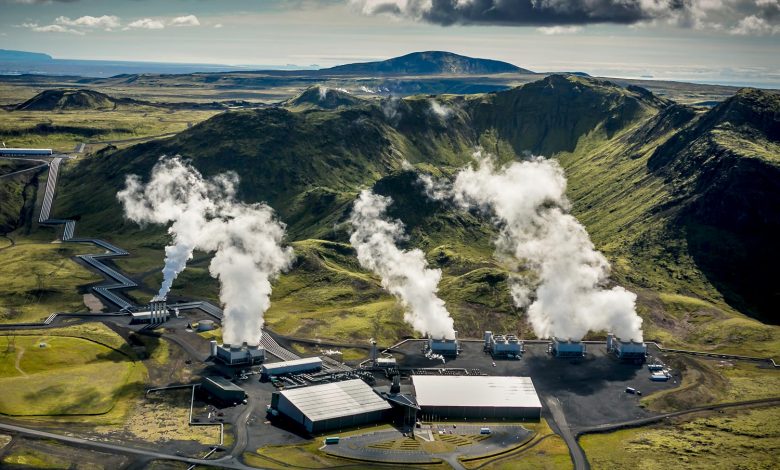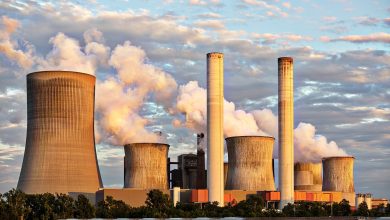The Clean Coal Controversy

What is Clean Coal?
President Trump frequently references clean coal when discussing U.S. energy policy. In a meandering 2017 speech in Phoenix, President Trump said, “We’ve ended the war on beautiful, clean coal and it’s just been announced that a second brand-new coal mine where they’re going to take out clean coal — meaning they’re taking out coal, they’re going to clean it — is opening in the state of Pennsylvania.” According to energy experts, Trump’s description of clean coal at the Phoenix rally was somewhat misleading to say the least. The process of clean coal technology doesn’t lead to coal being physically cleaned, rather it references a series of techniques related to carbon capture and storage (CCS).

Carbon Capture and Storage
The term “clean coal” was first developed in 2008 by coal industry lobbyists, at a time when lawmakers were contemplating climate change legislation that would impact the energy industry (Clemente, 2018). While the term has been used to describe a wide array of initiatives to make coal-fired power plants more efficient, CCS technology is now the most widely referenced aspect of clean coal. While there are other aspects of clean coal that are aimed at cutting harmful sulfur dioxide and coal ash, CCS technology is meant to tackle carbon dioxide (CO2), which is the heat-trapping gas that is largely responsible for climate change (Grossman, 2017). The technology captures CO2 emissions after coal is burned, then compresses the gas and dehydrates it so that it can be sent through an underground pipeline for permanent storage.

Other uses for Clean Coal
While the clean coal process could be vital for tackling climate change emissions, the system for capturing carbon could also be useful for steel and cement plants, as well as the oil and gas industry. Carbon captured from the CCS process can be used as a raw material to manufacture cement and steel. Furthermore, through a process known as enhanced oil recovery, carbon can be injected underground near an oil drilling operation to assist with challenging-to-reach pockets of oil, similar to the process for fracking. Even though clean coal technology can reduce greenhouse gas emissions and turn excess carbon into a useable product, some environmental advocacy groups have argued that no process related to burning coal should be labeled as “clean.”
Environmental Argument
Organizations such as the Sierra Club and the Natural Resources Defense Council have advocated for investments to be made in renewable energy rather than clean coal. These environmental groups have pointed out that even with a reduction in greenhouse gas emissions through the use of clean coal, coal power plants still emit dangerous level of soot and other harmful pollutants. Moreover, even with advanced technology, environmental groups have highlighted how mining for coal remains a highly polluting practice that often damages streams and rivers (Clemente, 2018). According to the World Coal Association, today’s coal industry leaders are carefully pre-planning projects, applying pollution control measures, evaluating the impacts of mining and rehabilitating mined areas to ensure that the coal industry minimizes the effects of its operations on neighboring communities and the surrounding environment.

The Future of Clean Coal
There are currently over 1,600 coal plants that are being planned or currently under construction in 62 countries (Plumer, 2017). A report from the Global CSS Institute has estimated that it could cost over $100 billion annually to develop clean coal technology across the world (Grossman, 2017). Meanwhile, President Trump has proposed cutting 85 percent of the funding for the Office of Fossil Energy, which is the federal agency that oversees the research of methods to reduce pollution from coal (Clemente, 2018). Without the implementation of clean coal technology, the Intergovernmental Panel on Climate Change concluded that the absence of this technology would surge carbon mitigation costs by 138% from 2015-2100 (Plumer, 2017). Furthermore, the International Energy Agency has found that for power generation alone the cost of CO2 mitigation would increase in excess of $2 trillion by 2050 (Plumer, 2017). While some environmental groups have advocated for the abandonment of clean coal investments, rejecting clean coal may result in more countries opting for less efficient coal-fired power plants that would ultimately increase global carbon emissions.

Sources
Clemente, J. (2018). “The United States as A Clean Coal Leader.” New York Times.
Grossman, D. (2017). “How Does Clean Coal Work?” Popular Mechanics.
Plumer, B. (2017). “What ‘Clean Coal’ Is — and Isn’t.” Forbes.
World Coal Association (2019). “Environmental Protection.”



